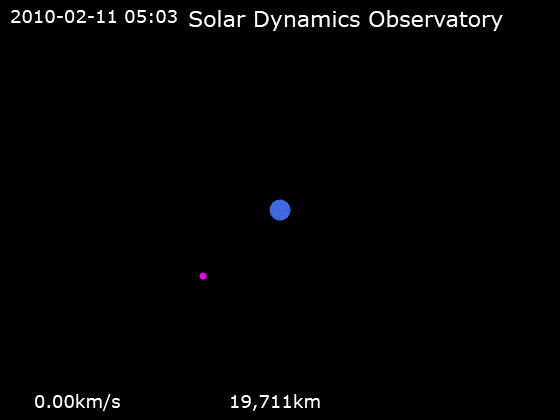Legacy Mercury Pollution Continues to Threaten Arctic Ecosystems

Despite a global decline in mercury emissions, alarming levels of mercury continue to accumulate in Arctic wildlife, according to a recent study conducted by researchers from Aarhus University and the University of Copenhagen. The study, published on June 13, 2025, in *Nature Communications*, highlights the role of ocean currents in transporting legacy mercury pollution from distant regions, particularly from industrial sources in Asia, to the Arctic, where it poses significant risks to both wildlife and human populations dependent on marine resources.
The research indicates that mercury, a potent neurotoxin, has been recorded in alarming concentrations in apex predators such as polar bears and toothed whales, with levels now 20 to 30 times higher than pre-industrial times. These findings are particularly concerning for Indigenous communities in the Arctic who rely on these marine mammals for sustenance. Professor Rune Dietz from Aarhus University, one of the study's lead authors, stated, "Despite declining global emissions since the 1970s, we see no corresponding decrease in Arctic concentrations — on the contrary."
This persistent accumulation of mercury can be attributed to its long residence time in the ocean, which exceeds 300 years, compared to just one year in the atmosphere. Thus, even if emissions are reduced today, the Arctic may continue to experience elevated mercury levels for centuries. The research team analyzed over 700 environmental samples, including tissues from various Arctic species and peat, collected over the last four decades. By employing stable isotope analysis, they were able to track the sources and transport pathways of mercury, revealing regional differences that correlate with ocean current patterns.
Senior Researcher Jens Søndergaard elaborated, "These isotope signatures act like fingerprints, revealing the sources and pathways of mercury contamination in the Arctic. For instance, regions influenced by the Irminger Current show different mercury signatures compared to those dominated by Arctic Ocean currents."
The implications of this research extend beyond ecological concerns. High levels of mercury can disrupt immune and reproductive systems in wildlife, potentially leading to population declines. Professor Christian Sonne, also from Aarhus University, emphasized, "Mercury affects not just the animals but also the communities that depend on them. Our findings highlight the urgent need for ongoing monitoring and effective policy measures to address this environmental challenge."
The study aligns with the goals of the UN's Minamata Convention on Mercury, which seeks to reduce global mercury pollution. The findings underscore the importance of international collaboration in tackling transboundary pollution issues, particularly from major industrial sources in countries like China, where mercury emissions continue to pose risks to global ecosystems.
Looking ahead, the research team plans to further investigate the movement of mercury through the Arctic as part of the "GreenPath" project, which is funded by the Independent Research Fund Denmark. This research will also contribute to international initiatives such as WhaleAdapt and ArcSolutions, aimed at understanding and mitigating the effects of climate change and pollution on marine ecosystems.
In conclusion, while global efforts to reduce mercury emissions have shown success, the study reveals a complex challenge ahead. The ongoing transport of legacy mercury pollution to the Arctic through ocean currents is a stark reminder of the long-term impacts of environmental degradation and the need for comprehensive action to protect vulnerable ecosystems and communities. The findings serve as a critical call to action for policymakers, researchers, and communities worldwide to collaborate in addressing the persistent threat of mercury contamination in the Arctic and beyond.
Advertisement
Tags
Advertisement





